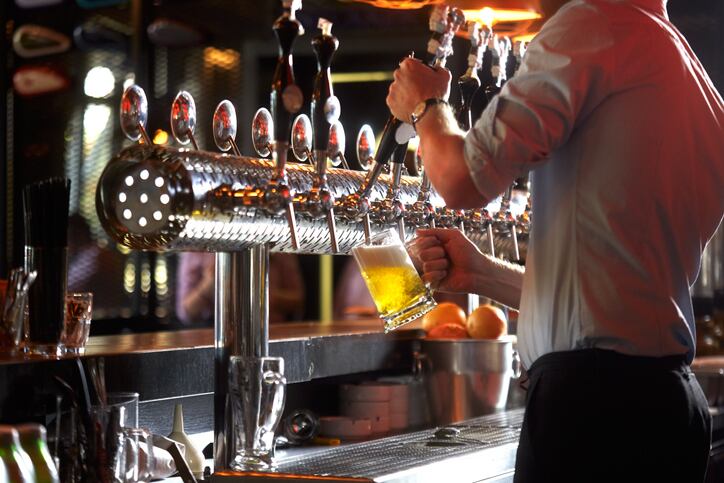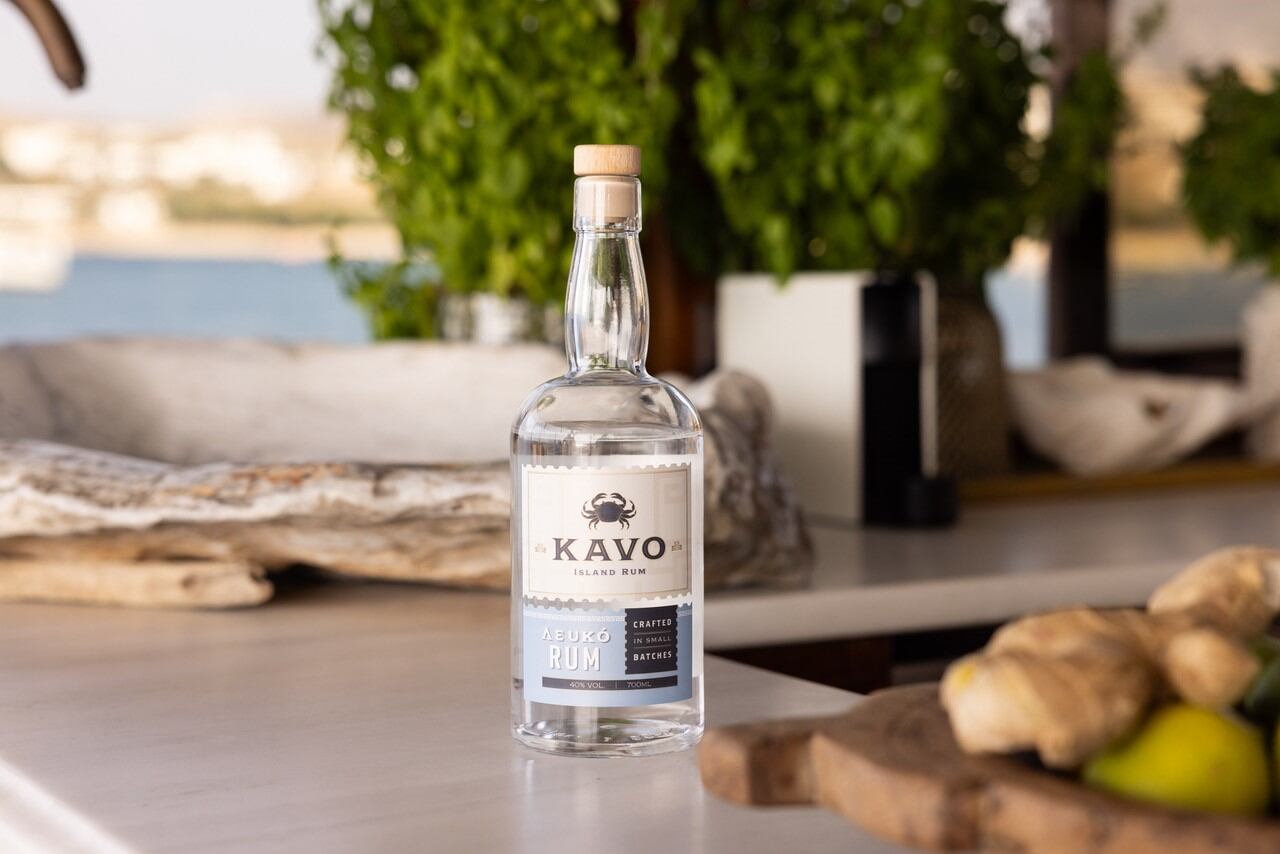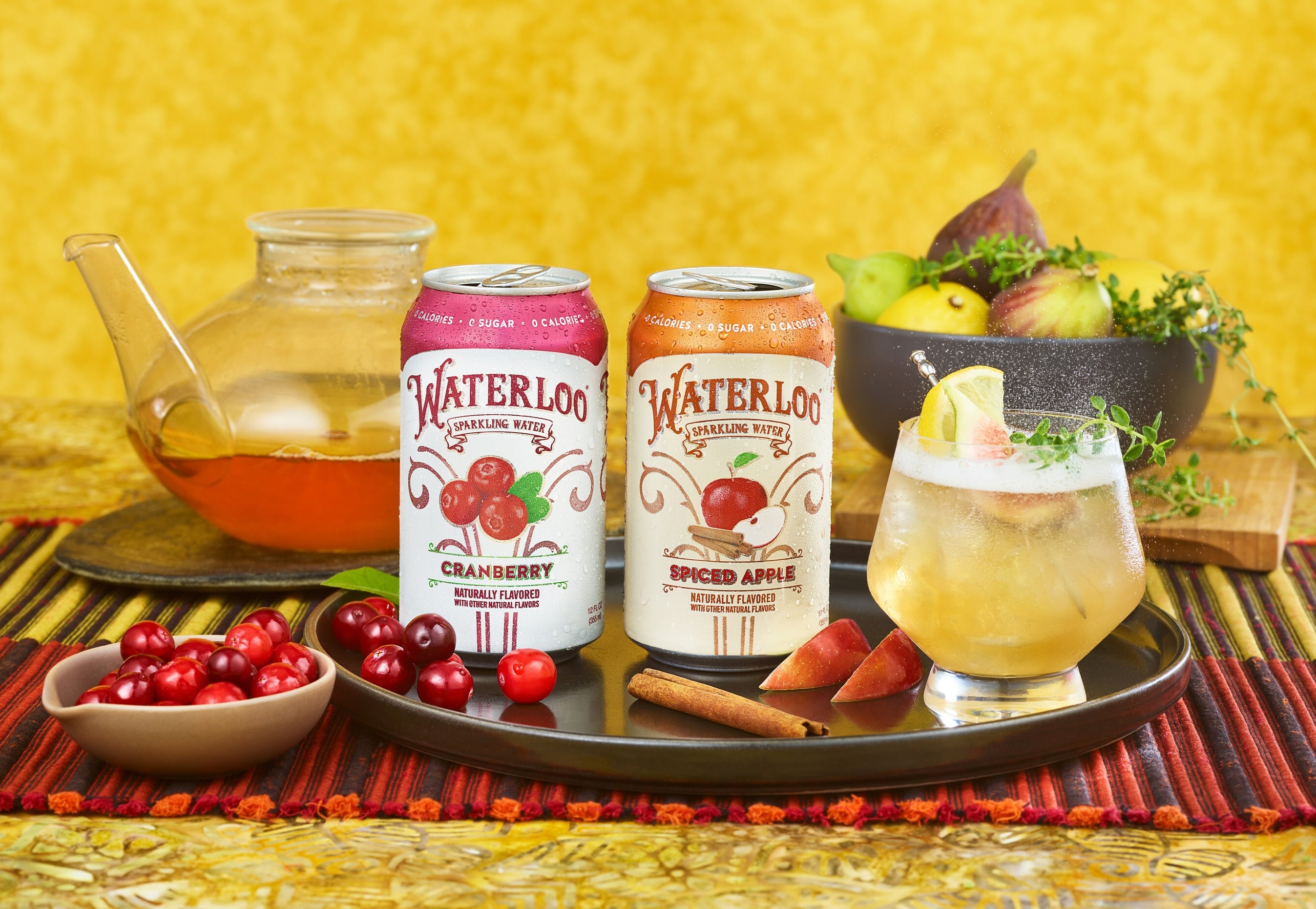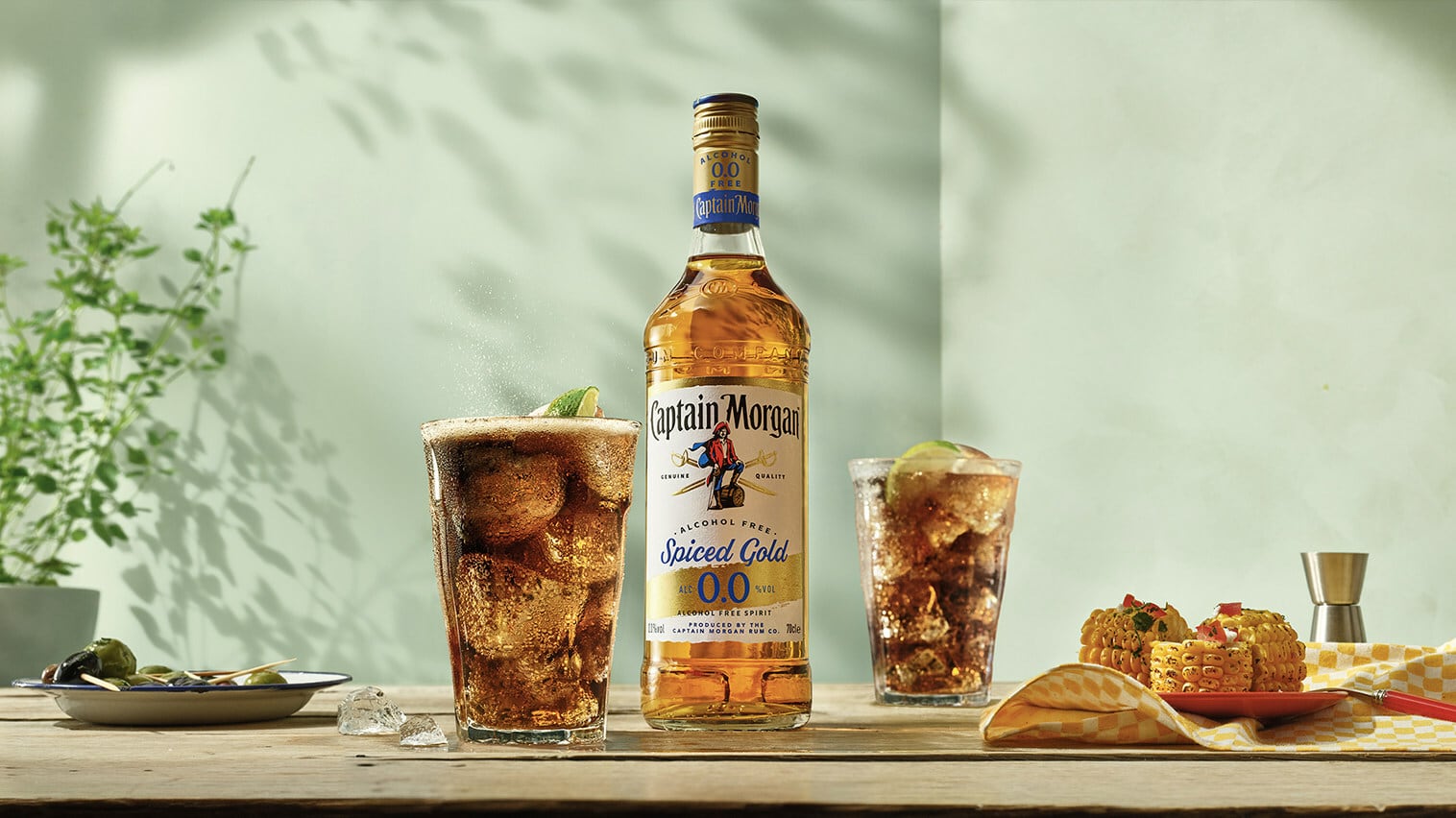The UK is championed as a leader in alcohol-free and low alcohol product development. While European countries such as Germany have been perfecting alcohol-free brews for decades, it’s true that the last few years have seen an explosion of activity in the UK sector: both with increased development of products and growing interest in moderate drinking.
And yet England’s 0.05% ABV definition of ‘alcohol-free’ does not match that of other countries – notably the US and Germany – which use 0.5%.
Would raising the threshold to 0.5% encourage more product development - or create ethical conundrums? Would it make life easier for brands to expand and export - or create confusion among consumers? We take a look.
A small - but growing - market
Alcohol-free drinks have grown in popularity over the last few years.
Once the pariah of drinkers everywhere, the last few years have seen a wide shift in attitudes: consumers are now increasingly interested in wellbeing and reducing alcohol consumption.
Meanwhile, producers have seen this opportunity and started to take the category seriously, improving product quality and availability.
But despite the excitement and high projected growth rates around the category, the figures have to be kept in context.
Kantar data shows that alcohol-free sales (under 0.05% ABV) in the UK make up just 1.4% of alcohol category sales. Add in a smaller low-alcohol sector (drinks under 1.2% ABV) and the total only reaches 1.9%.
Beer is clearly leading the low-alcohol and alcohol-free category (termed ‘NoLo’ by the government): making up 58% of sales. That’s followed by cider (19.2%) and wine-based drinks (14.4%). NoLo spirits make up just 8.4%, although this category is tipped for fast-growth in the years to come thanks to the role such drinks can play in alcohol-free cocktails.
The UK government is confident that raising the alcohol-free threshold to 0.5% will spur the market further forward: encouraging development of more low/no alcohol products.
“A higher threshold could see more no and low-alcohol products on the market – increasing availability in retail and hospitality and expanding product ranges, giving consumers more options,” says its latest report.
“This could encourage thousands more people to choose an alcohol-free or low alcohol drink to make healthier choices, moderate alcohol intake, and normalise alternatives to alcohol.
“The potential changes could drive the productivity of businesses, help remove red tape, and allow them to more easily manufacture these drinks to benefit from the multi-billion-pound alcohol-free drinks market.”
So far, so good. But the government does admit it’s not terribly clear on exactly how this will shape up the variety of strengths at this very low end of the market.
“Products tend to cluster around the existing descriptor thresholds. It is possible that if the alcohol free descriptor was changed to ≤ 0.5% ABV there might be more variability across the strength range potentially offering more consumer choice.
“Alternatively, it is possible that the change of the alcohol free descriptor threshold may result in shifting of average strength of NoLo products up towards the new threshold, reducing the availability of ≤ 0.05 ABV products and increasing the overall amount of alcohol in the market in the NoLo product category. The anticipated market response is unknown.”
Five years ago, the UK government considered whether to raise the alcohol-free descriptor to 0.5%, ultimately deciding not to.
One of the reasons it gave at the time was that the industry had successfully shown in could produce quality products which came in under 0.05% - thus suggesting a change in limit might not really be necessary.
Er.. does this matter?
This might seem like splitting hairs in other countries where 0.5% ABV has long been the ‘alcohol-free’ norm.
But whether there’s a big difference between 0.05% and 0.5% ABV still raises ethical and physiological questions.
Some brewers argue that a level of 0.5% is akin to many foods that contain small amounts of alcohol. Others say that accepting any level of alcohol is 'a bit like giving a vegetarian a salad with some thinly cut ham'.
Assessing the importance of this distinction is tricky. In proposing the increased threshold, the government considers the ethical and physiological impact of the difference between 0.05% and 0.5% and – despite reviewing international studies from the last 10 years - comes to few firm conclusions.
It has assessed three key potential issues: the affect of drinking alcohol-free products on pregnant women, drivers and those recovering from alcohol addiction.
And, for the main part, it simply finds a lack of research into these issues, making it difficult to draw firm conclusions.
There also is a risk that individuals of religions that forbid the consumption of alcohol may wrongly be led to believe that ‘alcohol-free’ products contain absolutely zero alcohol.
What is clear, at least, is that clear labelling of alcohol-free and low alcohol products – whatever their strength – should clearly state the ABV to give consumers the information to make their own choices.
'Alcohol-free' for drivers, pregnant women and alcohol use disorders
The UK chief medical officer’s low risk drinking guidelines state that the safest approach for pregnant women is to not drink alcohol at all. As to whether the small amount of alcohol in alcohol-free products could have an effect, the government’s review could not identify any studies investigating this.
“Without any known safe level for alcohol consumption during pregnancy, it might be sensible to abstain from alcohol free products if pregnant or trying to get pregnant,” says the government.
The government also assessed whether a 0.5% ABV threshold would put drivers at risk of becoming unsafe. That, at least, was clear: “We found that improbable quantities of 0.5% ABV products would have to be consumed (equivalent to 5 pints in a single hour) to reach levels associated with a significant risk of road crashes. So, changing the alcohol free threshold to 0.5% ABV is unlikely to have a notable impact on drivers.”
However, again it highlights a knowledge gap: “We would recommend conducting further research to understand the impact of alcohol free products on perceived norms towards drinking (alcoholic drinks) and driving.”
There is some evidence to suggest that in people with alcohol use disorders or heavy drinking patterns, drinking NoLo products could increase their desire and craving to drink. Alcohol-related cues from NoLo products could trigger physiological responses like those experienced when drinking alcohol.
“However, it is unclear what the impact of changing the alcohol free descriptor to 0.5% ABV will have on people in recovery from alcohol dependence,” says the government.
“If people in recovery know these products have the potential to induce cravings and consciously avoid them, then any change to the descriptor is somewhat irrelevant. But if this group do drink these products, the impact of increasing the descriptor could potentially be an issue if the ethanol content acts as a cue that could lead them to relapse.”
More research is needed. “Researchers would need to conduct primary research to find out the extent to which alcohol free products and their marketing act as a cue, potentially facilitating the risk of relapse among people in recovery from alcohol dependence.
0.5% ABV: a global standard for 'alcohol-free'?
Bringing regulations in line with other countries should be a clear win for both exporters and importers. The most common permitted threshold for no alcohol products is 0.5% ABV, according to a 2022 analysis. This is used in the US, Australia, much of Europe, China, New Zealand and South Africa.
However, the 0.5% ABV standard is far from definitive. The highest limited identified by the 2022 analysis was ≤ 2.8% ABV in Finland, while the UK had the lowest permitted strength at ≤ 0.05% ABV. And then there’s much variation in between (take, for example, 0.4% ABV in Canada, 2.25% ABV in Iceland).
“Responses to the consultation on the low-alcohol descriptors in 2018 suggested that a lower ABV threshold used to describe alcohol free products in the UK may lead to a commercial disadvantage compared with producers in the EU and beyond," notes the UK government.
"Testing this hypothesis would require a detailed data set on sales by manufacturer and retailer across multiple countries, which is not currently available.
"And to confirm this claim, researchers would need to understand whether consumers are less likely to buy alcohol free beverages labelled at 0.05% ABV compared to 0.5% ABV. While it is possible that the UK’s current descriptors guidance leads to a commercial disadvantage for UK producers, it is also possible that consumers buying alcohol free products prefer lower ABVs.”
Perhaps the biggest discrepancy comes from within the UK itself. The Licensing Act 2003 - which essentially sets out rules for the on-trade - defines alcohol as a product with an alcoholic strength above 0.5% ABV. That - the government is willing to acknowledge - 'could be seen as contradictory to advice given in low alcohol descriptors guidance.'
The UK government is currently consulting on whether to raise the ‘alcohol-free’ descriptor to 0.5% ABV. The consultation, which closes on November 23, can be found here.




